An ancient breed with a fascinating history, the Alaskan malamute is a striking animal which is both friendly and loyal. This energetic dog requires a huge amount of exercise and sheds copiously. A fabulous pet for an active owner, the malamute can be enormous fun but is very demanding.
Which breed group is the Alaskan malamute in?
Breed group: Working
Alaskan malamute breed history
An historic breed, Alaskan malamutes are the descendants of dogs which accompanied ancient peoples who migrated from Siberia. One tribe, known as the Mahlemuts, settled in the north eastern area of the Seward Peninsula in Alaska. There, the malamute was bred to hunt seals, guard their owners from polar bears and pull sledges. These dogs boasted friendlier natures than many of the native breeds in the region.
The gold rush of 1896 saw an influx of both people and dogs to Alaska. Many native dogs were bred with the new arrivals and their pure types were lost. As the Mahlemuts were an isolated tribe, the malamute survived the period better than most breeds. American breeders in the early 20th century then ensured that the malamute survived. The breed was recognised by the American Kennel Club in 1935 and a little later in the UK.
Alaskan malamute breed characteristics
A large and powerful animal, Alaskan malamutes boast broad heads with large muzzles. They have almond-shaped eyes together with small ears which are triangular with rounded tips. This dog’s ears are set widely apart while its thick tail is set high with a slight curve. The tail is held down when the dog is at rest but is carried over the back when the dog is in motion. The malamute coat is very thick and varies in length. It features a coarse outer coat and dense oily undercoat which provides protection from challenging weather. The coat is bicoloured and may feature a variety of colours with white.
The malamute is notable for its strength, friendly nature, loyalty and intelligence. It is an energetic dog with a mischievous streak that makes for a devoted but demanding pet.
- Lifespan: 10 to 12 years
- Height: up to 71cm
- Weight: up to 56kg
- Large and powerful dog
- Almond-shaped eyes
- Triangular ears with rounded tips
- Dense cost
- Oily undercoat
- Thick tail with slight curve
- Intelligent
- Loyal
- Possibly mischievous
- Stubborn streak
- Requires plenty of exercise
- Needs constant stimulation
- Sheds copiously
Health issues with the Alaskan malamute
As with many other pure breeds, the malamute can suffer from several hereditary and acquired health issues which prospective owners should be aware of:
- Hip Dysplasia (HD)
- Eye Disorders including hereditary cataracts
- Cone Degeneration (CD)
- Alaskan Malamute Polyneuropathy (AMPN)
- Epilepsy
- Gastric torsion
- Chondrodysplasia (dwarfism)
- Coat funk/alopecia X
What is the Alaskan malamute bred for?
Bred by the Mahlemut tribe to hunt and pull sledges, these dogs were evolved to be strong rather than fast. It was essential that they were resilient animals which could cope with the harsh climate of the region and that they would be loyal to the tribesmen.
What sort of owners does the Alaskan malamute suit?
Enormous fun and very loving, Alaskan malamutes are great family pets and will get on well with children. They are intelligent and quick to learn which makes training them relatively easy, but they do possess a stubborn streak. Given their heritage, it should come as no surprise that these dogs require a huge amount of exercise. They need active owners who love being in the great outdoors and who are prepared to cover the miles!
It is also important to note that Alaskan malamutes are high maintenance pets as they shed copiously and require regular grooming. They can be rather mischievous and they are skilled escapologists. A secure garden is a must and at least one member of the household should be at home all day to provide the exercise and stimulation that a malamute craves.

